The animated Image from the SDO shows old sunspot region 1678 as it rotates out of
view on the 22rd of February and as it reappears as region 1692 on the
10th of March.
No C class solar flares took place yesterday.
Region 1692 is rotating over the east limb now and may increase activity level in the coming days.
Geomagnetic conditions are very quiet, with a solar wind speed of 315 km/s and an interplanetary magnetic field around 2 nT, no disturbances are foreseen.
Region 1683 decayed and disappeared yesterday.
New region 1692 (old region 1678) rotated into view as a large HHX Alpha type group at 250 millionths in size.
On it's last rotation it was a DKC Beta-Gamma-Delta type group at 470 millionths in size and produced 10 C class solar flares.
Comet PanSTARRS on STEREO HI-1B
Wow! Comet PanSTARRS is looking bright eyed and dusty tailed in STEREO HI-1B!
Check it here
We wait for the hi-res STEREO data on Monday!!
Stay tuned and check out our Community Forum
No C class solar flares took place yesterday.
Region 1692 is rotating over the east limb now and may increase activity level in the coming days.
Geomagnetic conditions are very quiet, with a solar wind speed of 315 km/s and an interplanetary magnetic field around 2 nT, no disturbances are foreseen.
Region 1683 decayed and disappeared yesterday.
New region 1692 (old region 1678) rotated into view as a large HHX Alpha type group at 250 millionths in size.
On it's last rotation it was a DKC Beta-Gamma-Delta type group at 470 millionths in size and produced 10 C class solar flares.
Comet PanSTARRS on STEREO HI-1B
Wow! Comet PanSTARRS is looking bright eyed and dusty tailed in STEREO HI-1B!
Check it here
We wait for the hi-res STEREO data on Monday!!
Stay tuned and check out our Community Forum
Milky Way Panorama from Mauna Kea
Aloha and welcome to a breathtaking skyscape. The dreamlike panoramic view looks out from the 4,200 meter volcanic summit of Mauna Kea, Hawai'i, across a layer of clouds toward a starry night sky and the rising Milky Way. Anchoring the scene on the far left is the dome of the Canada-France-Hawaii Telescope (CFHT), with north star Polaris shining beyond the dome to the right. Farther right, headed by bright star Deneb, the Northern Cross asterism is embedded along the plane of the Milky Way as it peeks above the horizon. Both Northern Cross and brilliant white Vega hang over a foreground grouping of cinder cones. Near the center are the reddish nebulae, stars and dust clouds of the central Milky Way. Below, illumination from the city lights of Hilo creates an eerie, greenish glow in the clouds. Red supergiant star Antares shines above the Milky Way's central bulge while bright Alpha Centauri lies still farther right, along the dusty galactic plane. Finally, at the far right is the large Gemini North Observatory. The compact group of stars known as the Southern Cross is just left of the telescope dome. Need some help identifying the stars?
Just slide your cursor over the picture, or download this smaller, labeled panorama.
Image Credit & Copyright: Wally Pacholka (TWAN)

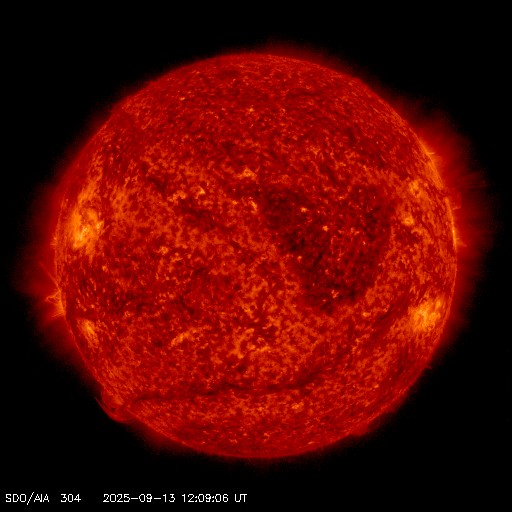
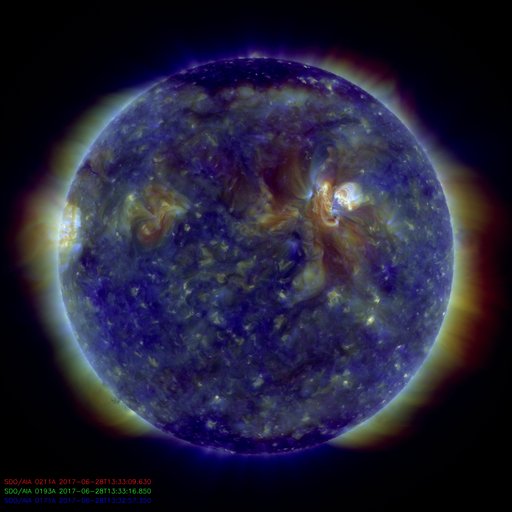
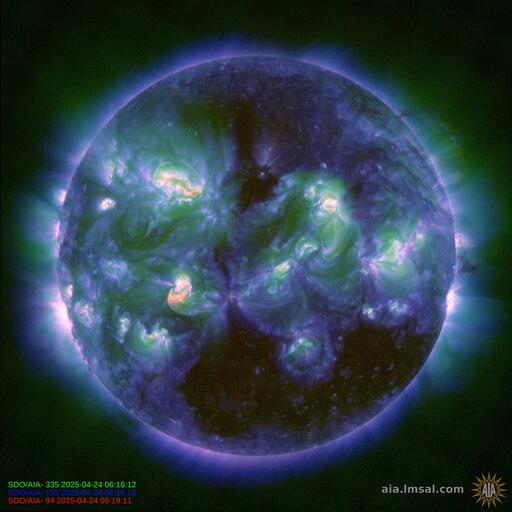
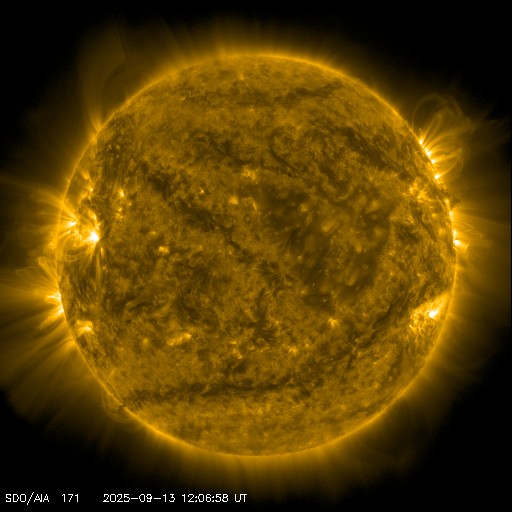
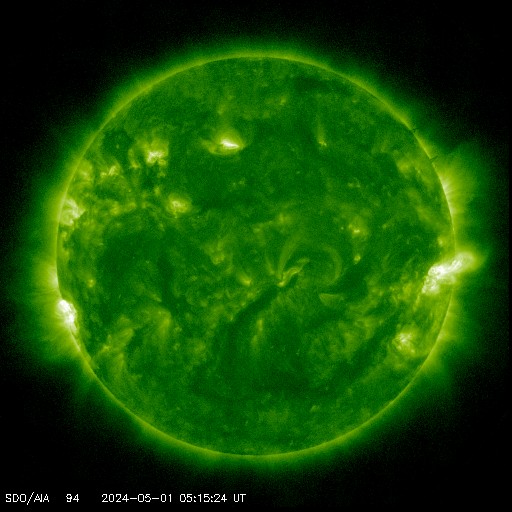
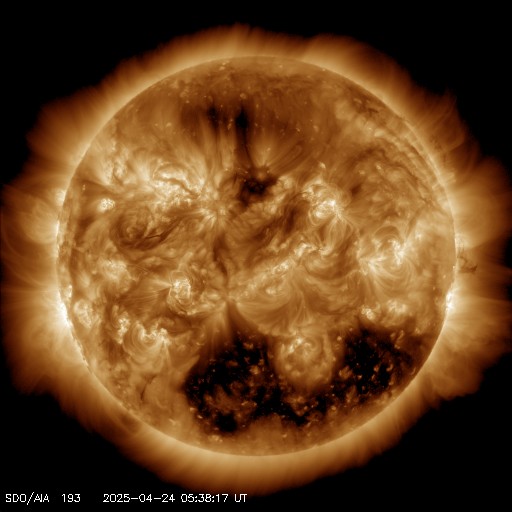





0 REPLIES:
Post a Comment
Thank you for choosing "My Solar Alerts" for your Solar event news.
Check back soon for more updates! :)